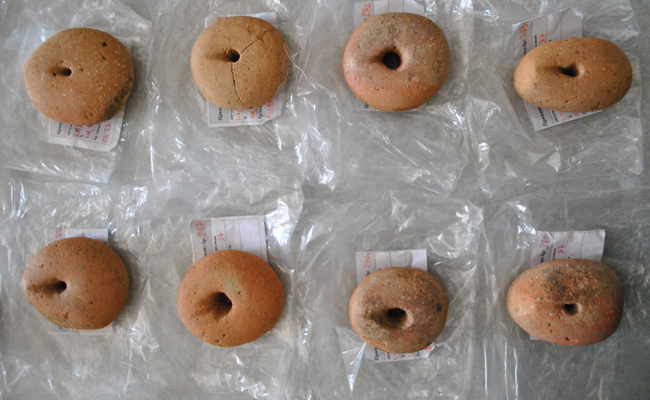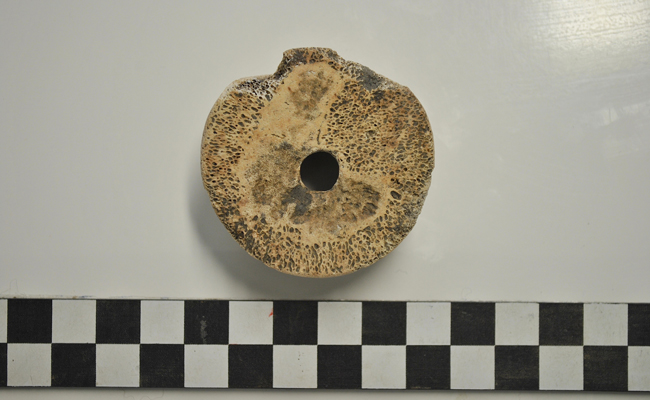In order to investigate the introduction of fleece baring sheep husbandry and the subsequent “textile revolution” the doctoral research project “Archaeological Evidence for Early Wool Processing in South East and Central Europe” was focused on examining major changes in Eneolithic textile technologies that could be associated with the proposed raw fibre material innovation
Research
Archaeological study results report on a large textile tool sample compiled from a 26-site cluster across the Pannonian Plain. Unlike rare direct evidence, textile tools are well represented in the investigated 4th and 3rd millennium BC contexts from the studied area. Furthermore, the size of the spindle-whorl sample enabled a statistical investigation of the tools’ morphological changes during the investigated prehistoric periods. These changes were indirectly brought into a connection with tools’ altering functionality traits and use. Specifically, a functional analysis of the sampled spindle-whorls was chosen as a starting point for evaluating the possibility of different fibre material procurement strategies. Final comparative analysis of the investigated tool assemblages facilitated recognizing and describing trends in raw fibre material use in the studied region, proposing time for the onset of the new fibre material(s) use.
In the connection to different raw fibre materials, it is possible to combine two main methods for explaining function and use of textile tools; the first relies on technical analysis of textile tools and the second on testing tools’ suitability and performance through experimental archaeology. Within the completed A-4-1-1 doctoral research project both approaches were applied, resulting in separate publications (see www.topoi.org/person/grabundzija-ana/publications/).
This doctoral thesis was written within the framework of the program “Landscape Archaeology and Architecture” (LAA) of the Berlin Graduate School of Ancient Studies (BerGSAS) and was successfully completed in 2017.


